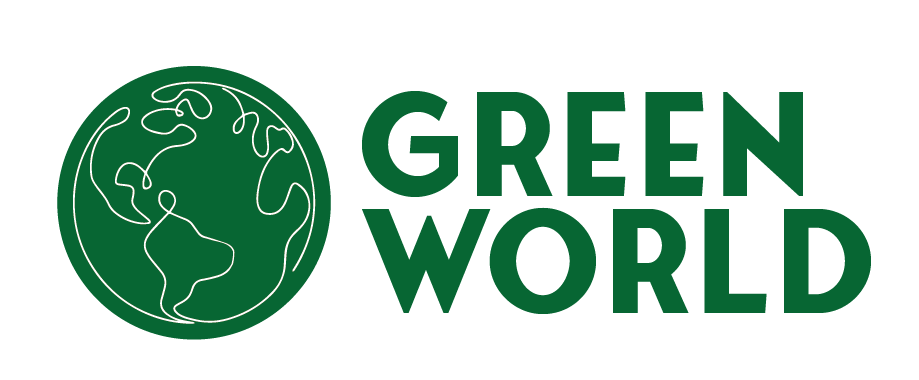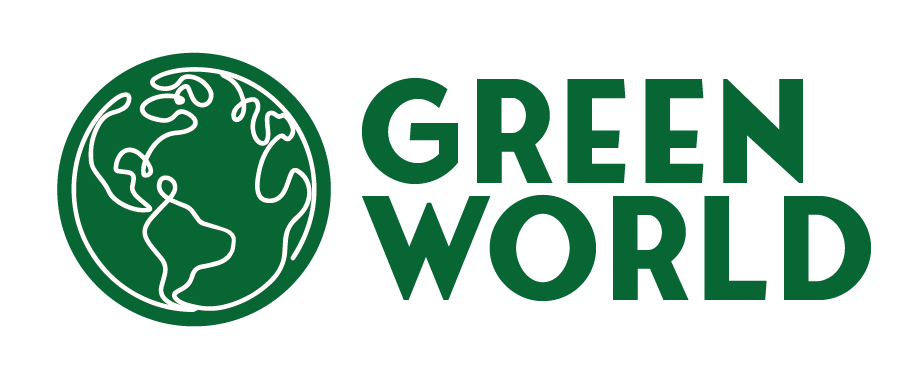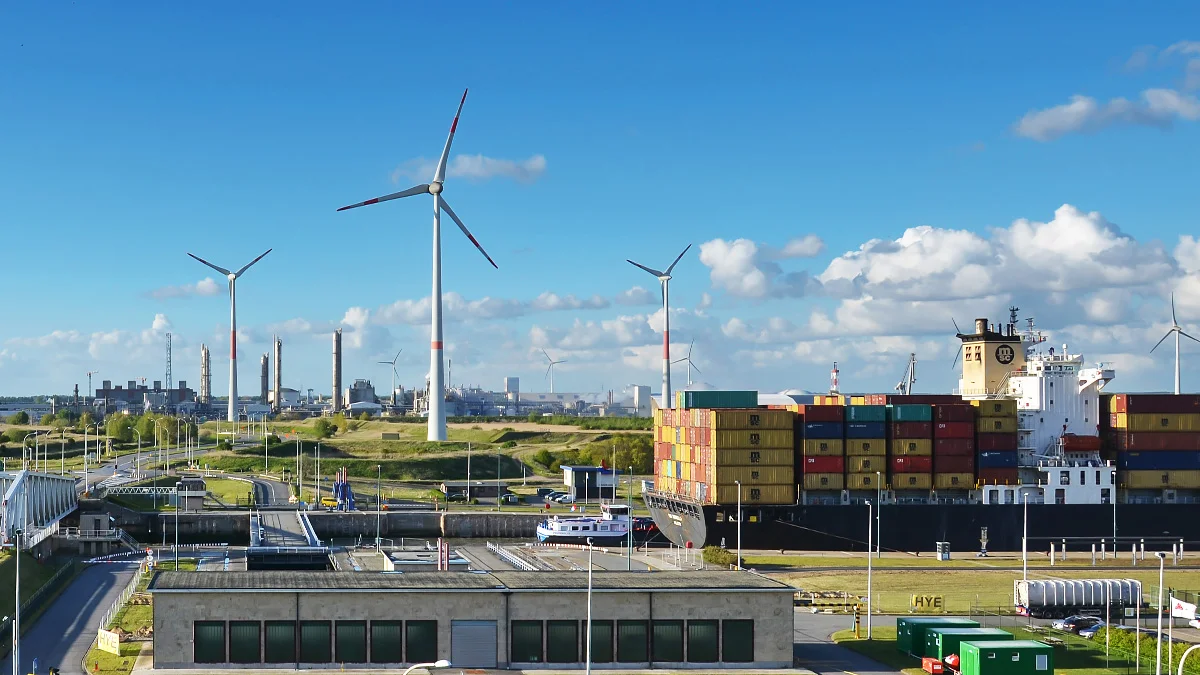Building More Wind Energy: A Key Pillar for the EU Clean Industrial Deal
Europe’s wind energy sector continues to expand, but not at the pace required to meet the European Union’s energy security and climate goals. According to WindEurope’s 2024 statistics, Europe installed 16.4 GW of new wind capacity, with the EU contributing 12.9 GW. However, this is less than half of what the EU needs to achieve its energy transition objectives. The slow permitting processes, inadequate grid infrastructure, and lagging electrification are the primary bottlenecks preventing a faster rollout of wind energy.
Wind Energy Growth in 2024: Key Figures
In 2024, the EU added 12.9 GW of new wind energy capacity, contributing to Europe’s total installation of 16.4 GW. A significant 84% of this capacity came from onshore wind projects. Germany led the way with over 4 GW of new installations, while other leading countries, including the UK, France, Finland, Türkiye, Spain, and Sweden, each surpassed 1 GW in new capacity.
Wind power’s contribution to Europe’s electricity consumption reached 20%, with Denmark leading at an impressive 56%. Additionally, eight other countries, including Germany, the UK, and the Netherlands, sourced at least a quarter of their electricity from wind energy.
Investment in wind energy remains strong, with €32 billion committed to new wind farms that will be constructed in the coming years. These investments will add approximately 20 GW of new capacity. Moreover, government auctions awarded a record-breaking 37 GW of new wind projects across Europe, including 29 GW within the EU. This bodes well for future capacity expansion, provided governments accelerate permitting and grid development to prevent delays.
Addressing Key Challenges: Permitting and Grid Infrastructure
Despite steady growth, wind energy deployment in Europe is still falling short of the required pace. “Europe’s wind energy continues to grow but only at half the rate we need. That’s a huge missed opportunity. Every wind turbine built in Europe helps bring down electricity prices for businesses and households,” stated WindEurope CEO Giles Dickson.
The EU has introduced new, improved permitting regulations, but most member states have yet to implement them effectively. Germany stands out as a positive example, having permitted seven times more onshore wind capacity last year compared to five years ago. Other European governments must follow suit to unlock the full potential of wind energy.
Additionally, Europe’s electricity grids are not expanding fast enough to accommodate the growing number of wind projects. Hundreds of gigawatts of new wind farms are currently awaiting grid connection permits. Some countries have started filtering grid connection queues to prioritize the most mature and strategic projects, ensuring a balanced mix of energy technologies. This practice should be adopted more widely, alongside improved grid planning, anticipatory investments, and the unlocking of private financing.
The EU Clean Industrial Deal: Wind’s Role in Electrification
The European Commission recently unveiled the Clean Industrial Deal, a strategic initiative aimed at enhancing the EU’s industrial competitiveness. A crucial element of this strategy is the acceleration of electrification, which has remained stagnant at under 25% for the past decade. Meanwhile, China has surpassed this figure, gaining a competitive edge in industrial electrification.
According to WindEurope Chief Policy Officer Pierre Tardieu, electrification is vital to Europe’s economic future. Major industrial sectors are expecting a substantial rise in electricity demand by 2040. The chemical industry anticipates an increase from 195 TWh in 2030 to 290 TWh in 2040, while cement production’s demand is projected to grow from 32 TWh to 76 TWh. The aluminum sector, already highly electrified, will see an increase from 70 TWh to 100 TWh.
Wind Power’s Scalability: Meeting Future Electricity Demand
Wind energy is well-positioned to meet the growing electricity needs of European industries. Thanks to its scalability and high capacity factors, wind energy provides twice as much electricity per gigawatt as solar energy. Sustained deployment of wind power—30 GW per year in the 2030s, with 20 GW from onshore and 10 GW from offshore projects—would nearly quadruple wind energy’s contribution, delivering 1,830 TWh of electricity by 2040.
To support this expansion, the European wind energy supply chain is already scaling up. The industry is investing over €10 billion in new manufacturing facilities for wind turbine components, including blades, towers, cables, and offshore substations. These investments will strengthen Europe’s position as a leader in renewable energy manufacturing and deployment.
Conclusion: A Call to Accelerate Wind Energy Deployment
The EU’s energy transition and industrial competitiveness hinge on the rapid expansion of wind power. While investment and auction results indicate strong future growth, urgent action is needed to streamline permitting, enhance grid infrastructure, and accelerate electrification. By addressing these challenges, Europe can ensure that wind energy plays a central role in delivering the clean electricity required to power its industries and achieve its climate goals.



